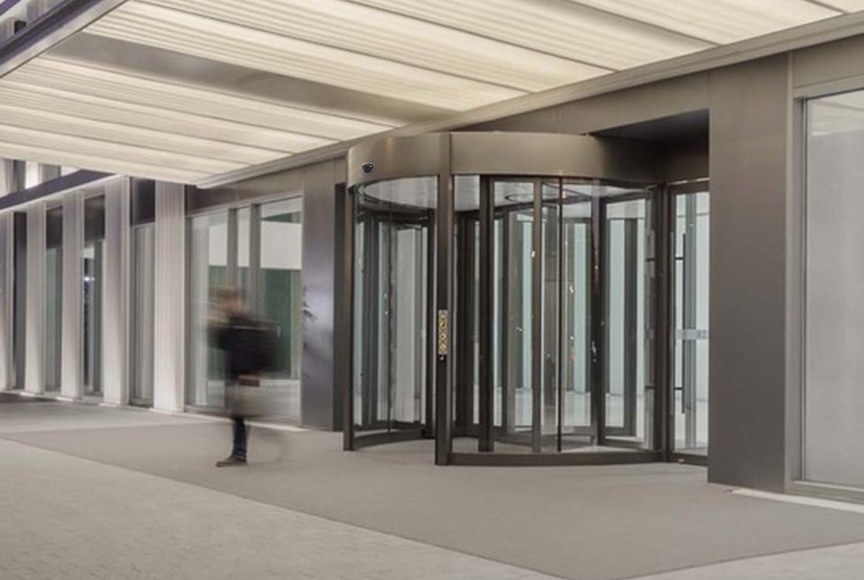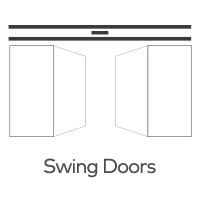Are there advancements in sensor technology that have improved the performance of automatic revolving doors?
Automatic revolving doors are a ubiquitous feature in modern urban architecture, offering a balance between functionality, energy efficiency, and aesthetics. One critical aspect of their performance is the sensor technology that drives their operation. Over the years, significant advancements in sensor technology have contributed to improving the performance of automatic revolving doors. In this article, we explore these innovations and their impact on the efficiency and safety of automatic revolving doors.

1. Presence Detection Sensors:
Advanced presence detection sensors have made it possible for automatic revolving doors to respond more accurately to the presence of pedestrians. These sensors use technologies like infrared, ultrasonic, or microwave sensors to detect when a person is approaching the door. The result is smoother and more responsive door rotation, reducing the likelihood of accidents or inconvenience.
2. Speed Control Sensors:
Sensors that monitor the speed of the door's rotation have enhanced safety and comfort. If a revolving door detects an obstruction or increased resistance during rotation, these sensors can adjust the door's speed or stop it to prevent accidents and ensure the safety of pedestrians.
3. Safety Sensors:
Revolving doors are equipped with safety sensors that detect obstructions and prevent the door from closing on an object or a person. The development of more precise safety sensors has reduced false alarms while improving the overall safety of these entrances.
4. Directional Sensors:
Directional sensors help automatic revolving doors determine the direction in which a person wants to travel, either in or out of a building. This technology minimizes the need for manual selection of door direction and ensures a seamless experience for users.
5. Smart Control Systems:
Sensor technology has evolved to include smart control systems that can analyze real-time data from the sensors. These systems can adjust the door's speed, rotation, or even illumination based on pedestrian flow and environmental conditions, contributing to energy savings and improved user experiences.
6. Touchless Entry:
Recent advancements in sensor technology have paved the way for touchless entry in automatic revolving doors. In response to the COVID-19 pandemic, contactless systems, such as gesture-based or smartphone-controlled entry, have gained popularity to reduce the transmission of germs.
7. Remote Monitoring:
Sensor technology has enabled remote monitoring and diagnostics of revolving door systems. Maintenance teams can use sensors to monitor the door's performance in real time, detect issues, and address them proactively, reducing downtime and improving long-term reliability.
8. Energy Efficiency Sensors:
Sensors are now integrated into automatic revolving doors to enhance energy efficiency. They can detect ambient conditions, such as temperature and wind speed, and adjust the door's operation to minimize heat loss or gain, making them more sustainable.
Conclusion
Advancements in sensor technology have significantly improved the performance of automatic revolving doors. These innovations have led to safer, more efficient, and environmentally friendly entrances. With the ability to detect pedestrians, adjust speed, provide touchless entry, and optimize energy use, modern automatic revolving doors represent a synthesis of form and function. As sensor technology continues to advance, we can expect even more sophisticated and responsive automatic revolving doors in the future, further enhancing the urban landscape and user experience.







